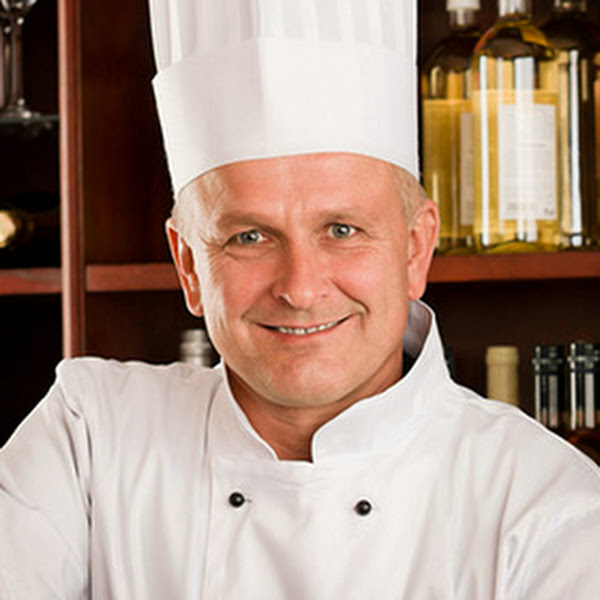1 – World’s Nutella Day
In 2007, two Italian bloggers decided to show his love for hazelnut cream in a different way. For this, they established the February 5 as World Nutella Day (Nutella Day). On that date, the goal is to eat Nutella, share recipes with the product, view photos dishes done with it and celebrate everything else that is related to sweet.
2 – Nutella is the true coffee of Champions
According to the Guinness record, the company held a breakfast held in 2005 in Germany, to mark the 40th anniversary of Nutella. The event broke the record of Biggest Breakfast – in all, 27,854 people gathered to share the meal which included bread, orange juice and Nutella, of course.
3 – Nutella is a sales sucess
A Nutella jar is sold every 2.5 seconds around the world. And a body responsible for counting the US population, records that a baby is born every 8 seconds. Just do the math.
A Nutella jar is sold every 2.5 seconds around the world. And a body responsible for counting the US population, records that a baby is born every 8 seconds. Just do the math.
4 – Nutella around the world
This title is not only because the hazelnut cream is a bestseller and can be found in 75 countries. The fact is that the amount of Nutella sold in a year is enough to cover more than a thousand football stadiums.
This title is not only because the hazelnut cream is a bestseller and can be found in 75 countries. The fact is that the amount of Nutella sold in a year is enough to cover more than a thousand football stadiums.
5 – Everyone loves Nutella
In 2009, the Nutella fanpage on Facebook gathered more than 2 million fans, which guaranteed him the 3rd place of the most tanned pages on the social network. The fanpage lose only to Coca-Cola and the Barack Obama. The profile is no longer on top of Facebook, but currently has more than 17 million fans.
In 2009, the Nutella fanpage on Facebook gathered more than 2 million fans, which guaranteed him the 3rd place of the most tanned pages on the social network. The fanpage lose only to Coca-Cola and the Barack Obama. The profile is no longer on top of Facebook, but currently has more than 17 million fans.
6 – Napoleon and Hitler were responsible for vitiating the world Nutella
In 1806, Napoleon tried to stop the British trade as a way to win the war. The result was that the continental blockade caused the price of chocolate to increased absurdly. Thus, the Italian confectioners of the Turin area began adding chopped hazelnuts to chocolate so that it yielded as much as possible. This mixture was named “gianduja”.
A century later, the chocolate was again a very expensive and scarce commodity in Europe due to the Second World War. Then, an Italian confectioner called Pietro Ferrero appealed again for hazelnuts for in 1946, creating the “Gianduja cream” that would be renamed “Nutella” in 1964.
In 1806, Napoleon tried to stop the British trade as a way to win the war. The result was that the continental blockade caused the price of chocolate to increased absurdly. Thus, the Italian confectioners of the Turin area began adding chopped hazelnuts to chocolate so that it yielded as much as possible. This mixture was named “gianduja”.
A century later, the chocolate was again a very expensive and scarce commodity in Europe due to the Second World War. Then, an Italian confectioner called Pietro Ferrero appealed again for hazelnuts for in 1946, creating the “Gianduja cream” that would be renamed “Nutella” in 1964.
7 – The origin of the name Nutella
The gianduja – which was the cream that led to Nutella – has its name from a character in the Commedia Dell’Arte, a typical Italian theater movement. According to tradition, Gianduja was a Piedmontese character always smiling, who walked around town carrying a “Duja” which in Piedmontese dialect means “pot”. The main function of Duja was storing wine, but there are those who believe that the pot has also been used to store the hazelnut cream. The Gianduja character illustration even appeared in the first ads of Nutella.
The gianduja – which was the cream that led to Nutella – has its name from a character in the Commedia Dell’Arte, a typical Italian theater movement. According to tradition, Gianduja was a Piedmontese character always smiling, who walked around town carrying a “Duja” which in Piedmontese dialect means “pot”. The main function of Duja was storing wine, but there are those who believe that the pot has also been used to store the hazelnut cream. The Gianduja character illustration even appeared in the first ads of Nutella.
8 – Nutella and the curious tastingBefore long, the product became so popular in Italy that traders started offering tastings of Nutella to any child who appeared with a piece of bread. The action became known as the “tasting” and was a successful marketing strategy. Needless to say everyone was addicted to delicious hazelnut cream.





